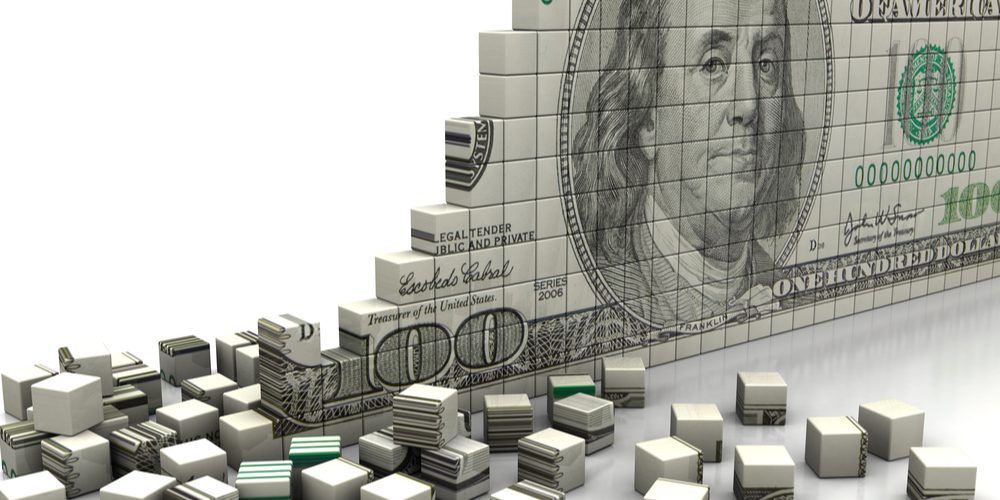IF YOU NEED HELP RIGHT AWAY
Some programs may direct deposit a short-term loan into your bank account.
Review the terms of this funding closely before accepting these funds.
Everyone has to start somewhere when it comes to credit, which is why having no credit score if you’re young is no big deal.
You may have no credit score because you’ve been inactive for the past 7-10 years, though.
STOP!
Do you need a financial reset? If you owe more than $10,000 here is a debt relief resource available to help you today.
If this is the case, you’ll see no rating at all when checking your free annual credit report. And while being “credit invisible” isn’t the end of the world, it can limit your opportunities to get financing when you need it.
Will building your credit history take some time? Sure. But as long as you do it correctly and make your payments on time, you should be able to have a high score and all of the perks that come with it.
With that out of the way, let’s look at the different ways you can start to build your credit history now:
1. Get a cosigner.
Do you know somebody with good credit who would be willing to cosign on a loan or credit card? If so, take advantage of that opportunity to start developing your credit.
When someone cosigns, they accept responsibility for the debt. In doing so, they give the creditor or lender some credit history to work with, which allows them to approve the application.
When taking on a cosigner, make sure you can make the payments on time. If not, they will be on the hook for your debt.
2. Become an authorized user on a card.
Just as with a cosigner, becoming an authorized user allows you to leverage someone else’s credit so you can build yours.
STOP!
Do you need a financial reset? If you owe more than $10,000 here is a debt relief resource available to help you today.
As an authorized user, you will have access to the card, and its usage and payments will be reported on both your and the owner’s credit history.
As long as you can make timely payments and control your spending, this is an excellent way to start building your credit from scratch.
3. Get a secured credit card.
A small security deposit, such as $200, can help you open a secured credit card. The deposit will work as your credit limit, which means you won’t be able to make big purchases.
This may not sound ideal, but remember that the primary purpose of this move is to build credit and not necessarily use it.
4. Get a student credit card.
If you’re a student, you may be able to open a card that’s unsecured and has a low limit.
5. Get a store credit card.
Some stores make it easier to get approved for credit cards when compared to more traditional avenues. Their limits may be lower, and their fees and interest rates may be higher, however, so keep this in mind.
6. Factor in your utility and rent payments.
Both show evidence of responsible payment history. Unfortunately, most credit bureaus don’t report them automatically.
You can change that by contracting a company, such as Zingo, to report your utility and rent payments to the bureaus. Doing so can help build your score.
7. Buy a big-ticket item on credit.
Are you looking to buy furniture or appliances soon? See if the stores let you buy on credit and use that arrangement so you can have some credit history.





